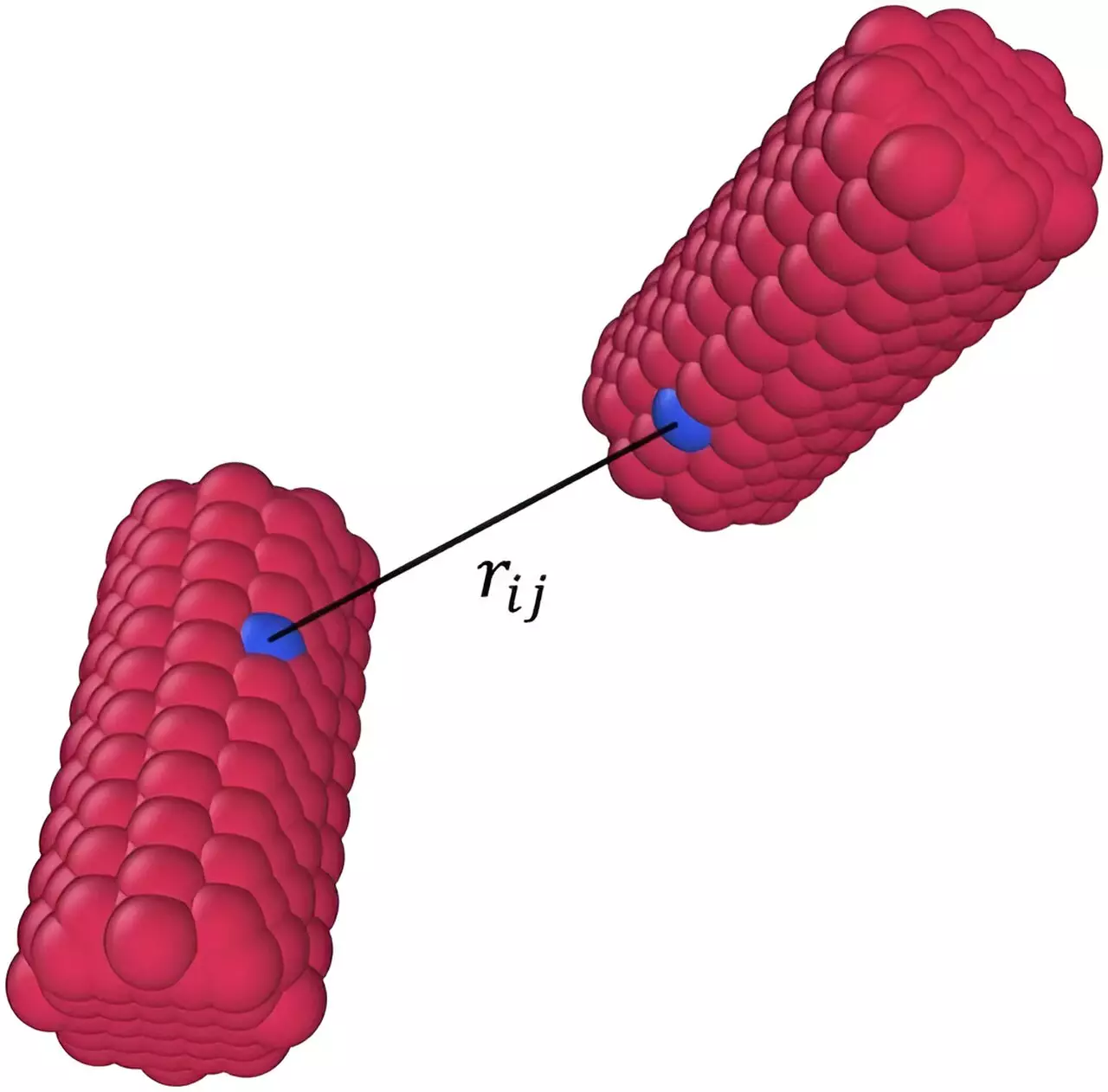Simulating particles is a crucial aspect of understanding their behavior, especially in the case of irregularly shaped particles. While spherical particles are relatively easy to simulate due to their uniform shape, irregular particles pose a greater challenge. This is particularly true when it comes to studying microplastics, which have become a pervasive form of pollution in our environment.
Researchers at the University of Illinois Urbana-Champaign have developed a novel approach to accelerate molecular dynamics simulations of irregularly shaped particles. By training neural networks to predict interactions between these particles, simulations can be conducted up to 23 times faster than traditional methods. This breakthrough opens up new possibilities for studying the behavior of complex particles in a more efficient manner.
While simulating spherical particles is straightforward, transitioning to irregular shapes requires a more intricate understanding of particle interactions. Spheres only require the distance between their centers to determine interactions, whereas irregular shapes like cubes or cylinders necessitate knowledge of angles and relative positions. The conventional method of simulating cubes involves approximating them with smaller spheres, which can be both time-consuming and costly.
To overcome the limitations of traditional simulation methods, researchers turned to machine learning, specifically a feed-forward neural network. This approach allows for the fitting of complex functions that describe the interactions between irregular particles. By providing the neural network with sufficient training data, it can effectively model these interactions without the need to calculate individual distances between particles.
As the field of particle simulation continues to evolve, researchers aim to expand the capabilities of neural network-based methods. The goal is to simulate more intricate irregular shapes and even mixtures of different particle types. By harnessing the power of machine learning, researchers hope to gain a deeper understanding of how complex particles interact with one another in various environments.
The ability to accurately simulate irregularly shaped particles is essential for addressing environmental challenges such as microplastic pollution. By leveraging neural networks and machine learning techniques, researchers are advancing the field of particle simulation and paving the way for more efficient and effective modeling of complex particle interactions. This innovative approach holds great promise for future research in this area.


Leave a Reply